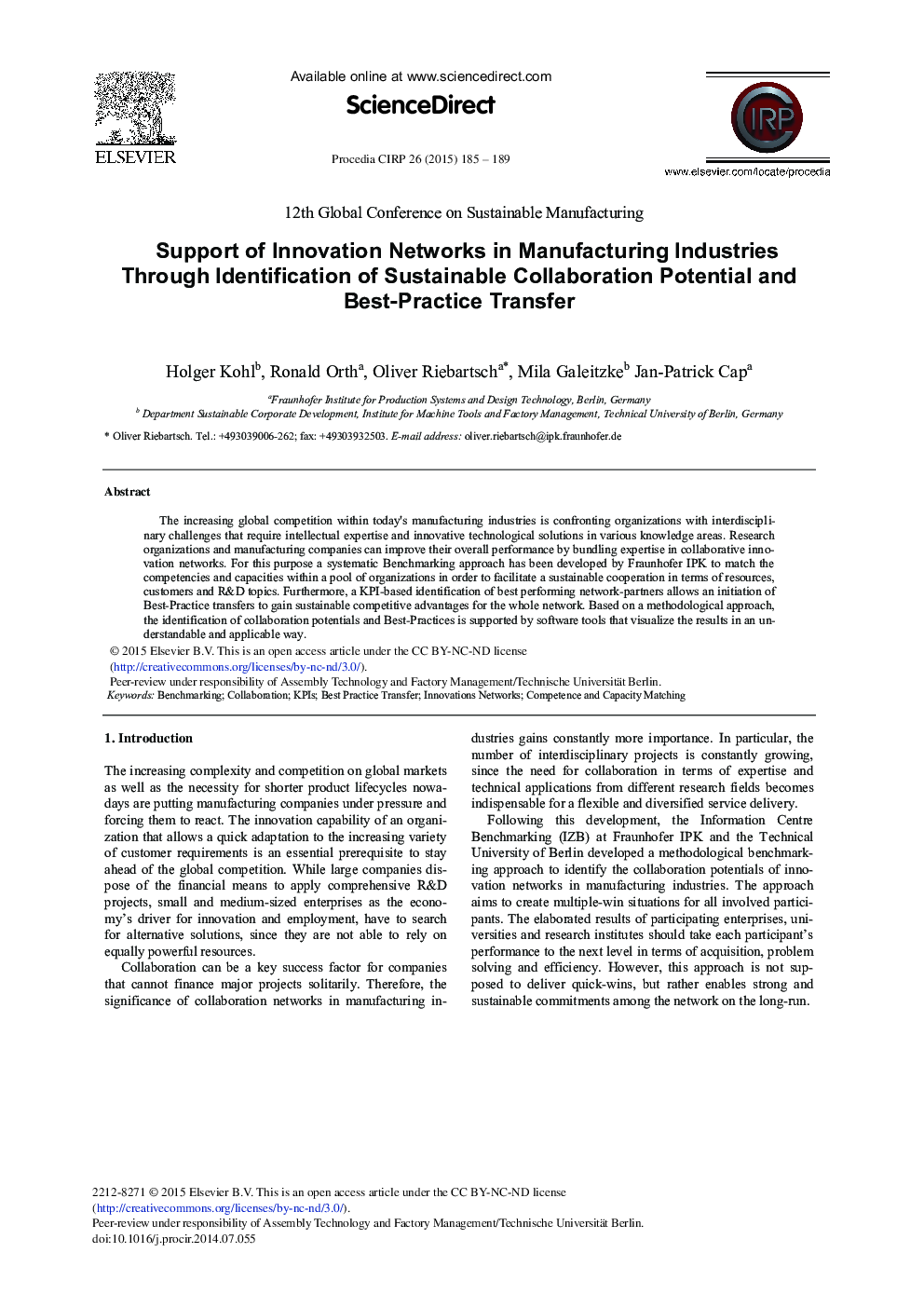| Article ID | Journal | Published Year | Pages | File Type |
|---|---|---|---|---|
| 10899501 | Cancer Letters | 2015 | 5 Pages |
Abstract
Enrichment of tumour cells in G2/M phases in vitro is known to be associated with low-dose hyper-radiosensitivity (HRS). These cell cycle phases also involve reduced expression of adhesion protein connexin-43 (Cx43). Therefore, we investigated the role of Cx43 in HRS. Asynchronous or G2/M enriched tumour cells (U87, BMG-1, HeLa) and normal primary fibroblasts (HDFn) were γ-irradiated at varying doses, with an asynchronous group separately subjected to Cx43-knockdown prior to irradiation. Cx43 level, gap junctional activity, clonogenic cell survival, cell growth/viability, mitochondrial alterations and other apoptosis-regulating events were studied. G2/M enrichment reduced Cx43 level by ~50% and caused considerable HRS at doses 10âcGy-30âcGy in all tumour cell lines. Cx43-knockdown to the same level (~60%) also elicited prominent HRS response in these cells. Quite important, radiosensitivity of primary HDFn cells remained unaltered by all these treatments. In Cx43-knockdown tumour cells, low-dose irradiation caused significant growth inhibition and apoptosis involving loss of MMP, cytochrome-c release and caspase-3 activation, thereby demonstrating the important cytoprotective role of Cx43. Therefore, this study significantly shows that Cx43 downregulation (a constitutive feature of G2/M phase) selectively renders tumour cells hypersensitive to low-dose radiation, and presents connexins as potential therapeutic targets.
Keywords
Related Topics
Life Sciences
Biochemistry, Genetics and Molecular Biology
Cancer Research
Authors
Soma Ghosh, Ashish Kumar, Sudhir Chandna,
